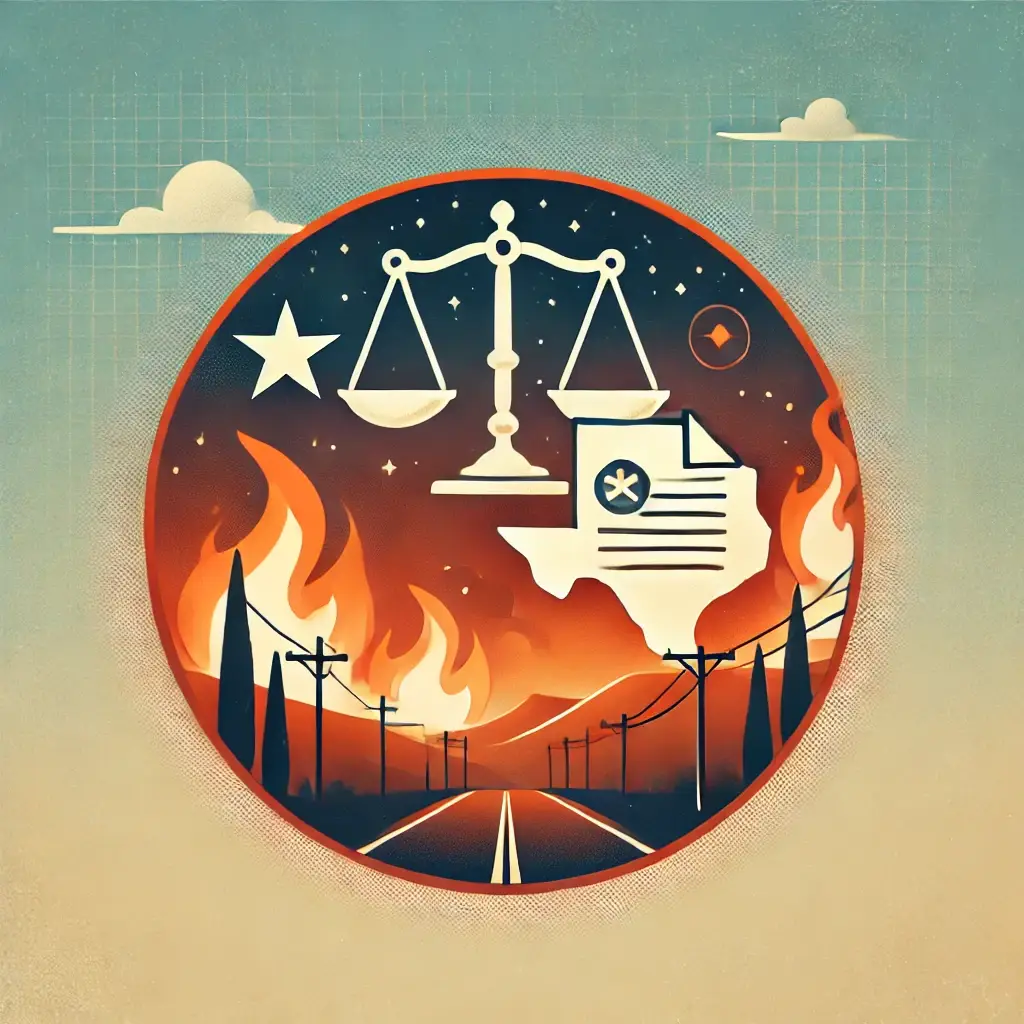Are you considering a personal injury case? It’s scary! Get comfortable by learning the basic process you can expect.
So the unthinkable happens… you find yourself having to file a personal injury claim because the Defendant denied liability or made a bad offer.
Hopefully, your injuries aren’t too serious!
Although you can file a lawsuit when someone else’s careless or negligent behavior harms you, tort cases generally fall into 9 different categories. Little nuances in each case type may differ, but this is the 8-step process you can expect, regardless of the type of injury you experience – if litigation is required to obtain a recovery.
Remember: The majority of claims are resolved without the necessity of a lawsuit.
- Consult a Personal Injury Attorney
All personal injury lawyers offer free consultations, where you learn whether you have a viable case or not. Remember, though, it’s a 2-way interview. You want to ask questions, like these, that help you determine whether the lawyer is the right one for you.
- Filing Paperwork
Once you hire an attorney, it’s time to do the exciting part – paperwork!
The initial papers you file are called “pleadings.” There’s all sorts of thrilling documents that get filed here:
- Your complaint (petition)
- The summons – notifies the defendant you are suing them
- The answer – the defendant’s response to your complain
- Counterclaim – the defendant’s claim against you (if applicable)
- Your reply to the counterclaim
- Cross-claim – happens when multiple parties are involved in lawsuits (think car accidents or prescription drug lawsuits)
- Answer to the cross-claim
- Third-party complaint – happens if the defendant has legal reason to pass liability to another person
- Answer to third-party complaint
We won’t bore you with any more than that. Your attorney helps you through all this paperwork.
- Discovery
During this step, whatever facts and information either side finds in a lawsuit must be provided to the other. It makes the legal process go smoother. Interrogatories (questions about your version of the facts) and Requests for Admission (ask you to admit or deny certain facts) get used here. You must provide documents as requested, and depositions are also required.
- Court Motions
With motions, your lawyer asks the court to rule on a particular matter. “Dispositive” motions could end your dispute before trial. “Nondispositive” motions cover incidental actions that won’t end your case. For example, the defendant may ask for a “motion to dismiss” if they believe the facts strongly support their case.
- Settlement
Most claims do not go to court. Most people and companies do not want to go to court because it’s expensive and time-consuming. In a settlement, you give up the right to pursue any further legal action if the defendant gives you acceptable financial compensation.
- Trial
If you can’t settle your case, it goes to trial. You and the defendant get your opportunity to present your injury case before a jury, who decides if the defendant must pay. And if they do have to pay, what the amount should be.
- Collecting Money
This phase is pretty straightforward – you collect the money owed to you if you win. In some rare cases, the losing party refuses to pay or cannot pay the agreed-upon amount (although experienced attorneys know how to avoid this trap in the first place).
- Appealing the Court Decision
Appeals rarely happen, although they have increased in recent years. Almost all civil cases get reviewed by an appeals court for any legal errors. The decision can be reversed if the appeals court finds any errors affecting the final decision. You can appeal that decision too, but again that almost never happens.
In general, that’s what you can expect when you file a claim.






